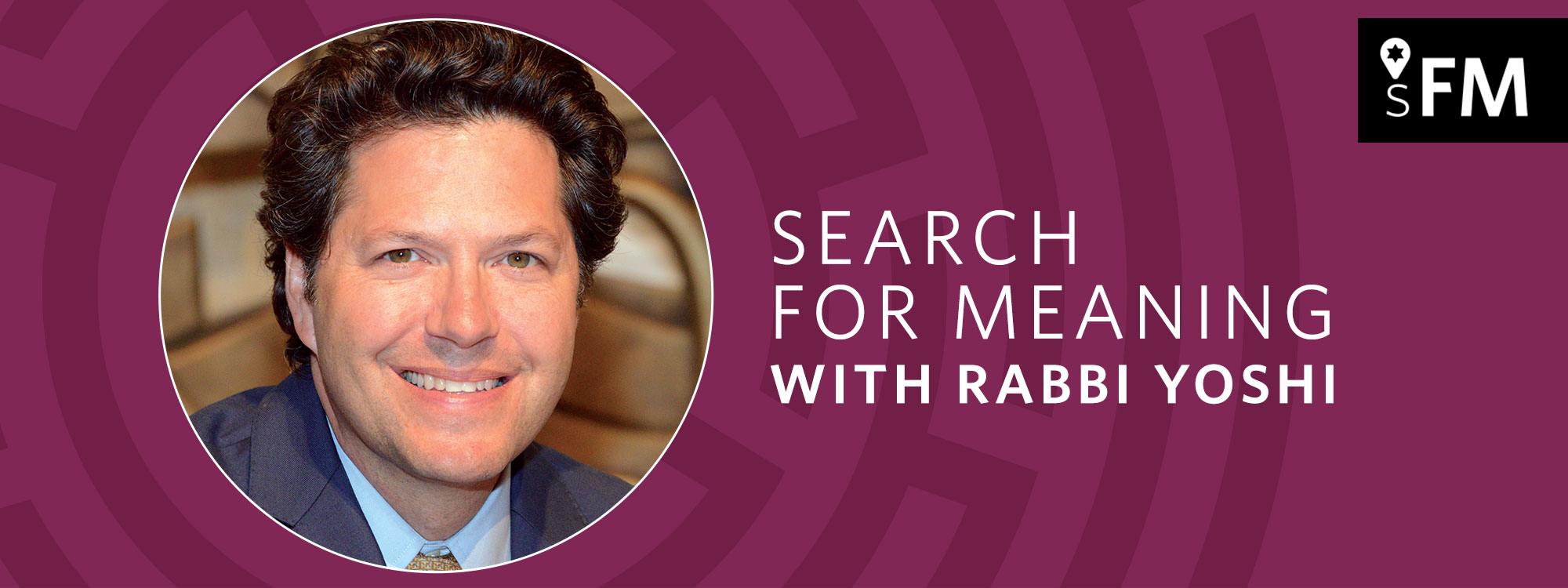It is said that the Gates of Repentance, the Sha’arei Teshuvah, open during the High Holy Days. Maimonides, the famed medieval philosopher, taught extensively on teshuvah, making clear that repentance was not a one-time act, but rather an intricate process. According to his teaching, there are six steps to what he calls “complete repentance”: Recognition, Remorse, Recitation, Restitution, Reconciliation, and Resolve. Throughout these High Holy Days, our kavanot, taken from our High Holy Day worship supplement, “Days of Awe” (available at our High Holy Day services and online by clicking HERE) will consist of reflections from your clergy on each of these six steps.

Resolve
by Rabbi Yoshi Zweiback
When I was visiting Israel this past summer, we met dear family friends in a park near our apartment. It was so much fun to catch up and spend time with their little boy and girl. Their daughter was born during the pandemic, so it was our first time meeting her. Nearby, we saw a family drama unfold. A mother seemed to be at her wit’s end as her two boys appeared to be having complete meltdowns simultaneously. We exchanged glances for a moment and I offered an understanding nod meant to communicate, “I’ve been there—I’ve stood in your shoes.” She sighed and said, “I’m done.”
I knew what she meant. She had absolutely had it. She was finished.
That sense of “I’m done” actually relates—albeit in a more positive and hopeful manner —to the final stage of teshuvah.
As Maimonides puts it, the last step of complete repentance is to be done
with the sin, finished, resolved fully to abandon such behavior forever: “What
is repentance? The sinner shall cease sinning, remove sin from his thoughts,
and resolve wholeheartedly never to revert back to it…” (Mishneh Torah, Repentance 2:2). The Hebrew expression for the last part is:
וְיִגְמֹר בְּלִבּוֹ שֶׁלֹּא יַעֲשֵׂהוּ עוֹד
A hyper-literal translation would have it as: “and be finished with it wholeheartedly so as never to do such things again.” The verb is ligmor, to complete something, to finish something, to be done with it.
This is how we know that we have changed—we’re finished with such nonsense, with such behavior, forever.
In some ways, the utter exhaustion expressed in that mother’s “I’m done”
in the park that day aptly captures our feelings when we’ve left behind
behaviors that have caused pain in the past for ourselves and—to be sure—for others. We’re tired of hurting others and ourselves in the process. We’re
fed up with the behavior that lowers us, brings us down, and so often wears
us out. When we’ve done the hard work of teshuvah and returned to our
better selves—the people we know we are meant to be—we can say with full
hearts, “I’m done. I’m not doing that again, not going there, not behaving
that way.”
We might feel a bit worn out because of the hard work, the emotional effort such change requires. But of this I am sure: We will rise up renewed, energized, and refreshed because we will finally and fully be done with that way of being, that manner of acting, that type of behavior. We’ll be “done” with that sin, ready to move forward, resolved to be better.

